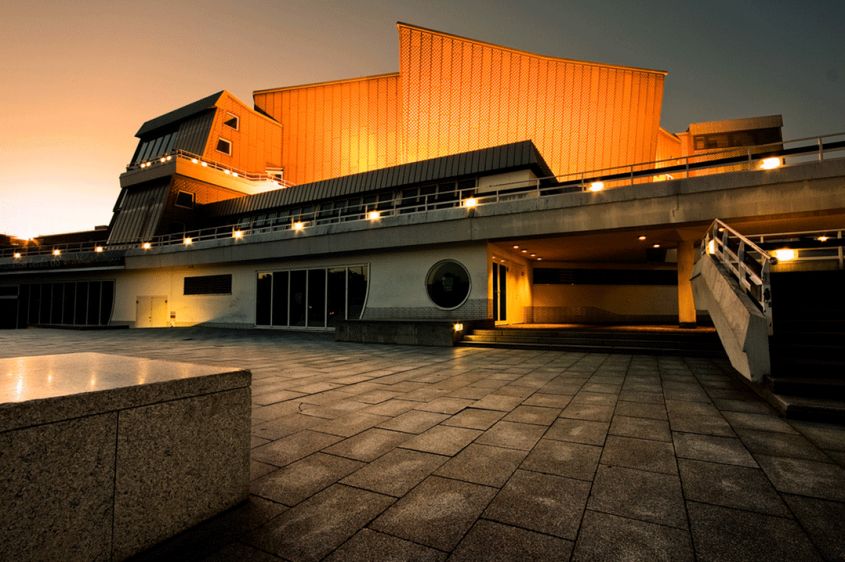
Cathedrals of 3D Culture, the documentary film made from an idea by Wim Wenders, in collaboration with other internationally renowned directors, narrates the life that takes place every day inside, but also outside, of six buildings that symbolize architecture and of the human culture of knowledge, of art. Iconic places close to many people, places where life gives its thousand expressions in every moment, captured according to the watchful eye of creative directors who have chosen them with care and attention. Each of the six directors, in fact, has selected on the basis of their own experiences and experiences, the building closest to them and with their own unique artistic approach has revealed it, has revealed its soul. The Berlin Philharmonic, the Russian National Library in St. Petersburg, the Halden Prison, the Salk Institute, the Oslo Opera House and the Center Pompidou are the heart of Cathedrals of Culture, the palaces that have marked the evolution of architecture.
The Berlin Philharmonic
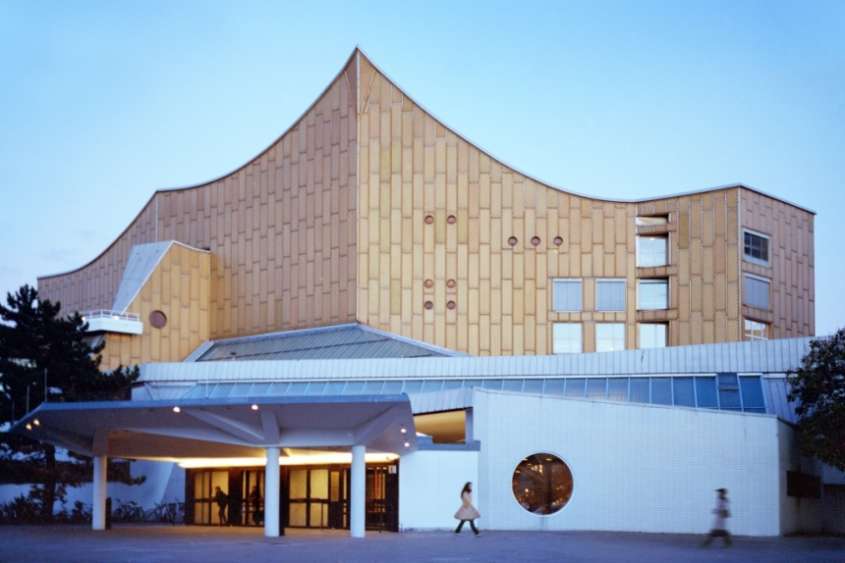
In the beating heart of great Berlin stands the Philharmonic by Hans Scharoun, a modern work full of idealism. The characteristic of this structure is the pentagonal shape, not only externally but also internally. In the center of the building there is the podium of the orchestra while around this there are galleries for the public developed along all five corners of the building, so as to create a series of optical illusions. Over the years, the Berlin Philharmonic has been involved in a series of works, including the gilding done on the outside, added at the turn of the 1980s, and the Kammermusiksaal, the chamber music hall, built between 1984 and 1987 by Edgar Wisniewski, who based himself on the original drawings of the architect Hans Scharoun. The palace, which was built between 1960 and 1963, was built next to another impressive architectural creation, now decayed: the Berlin Wall.
The Russian National Library

Designed in St. Petersburg by Yegor Sokolov, the Russian National Library it is a large building that houses the most important national works and a vast collection of foreign literature texts. It is the oldest public library in Russia and one of the largest in the world. It was founded in 1714 for Tsar Peter the Great and was gradually enriched by Alexander Suvorov. Inaugurated in 1841, it has witnessed the various ups and downs that have marked the history of the country. Before the turn of the century it was reorganized by Count Korf and later became the state library. Today it boasts a great variety of very important texts, including manuscripts and many of the earliest printed books.
The Halden Prison
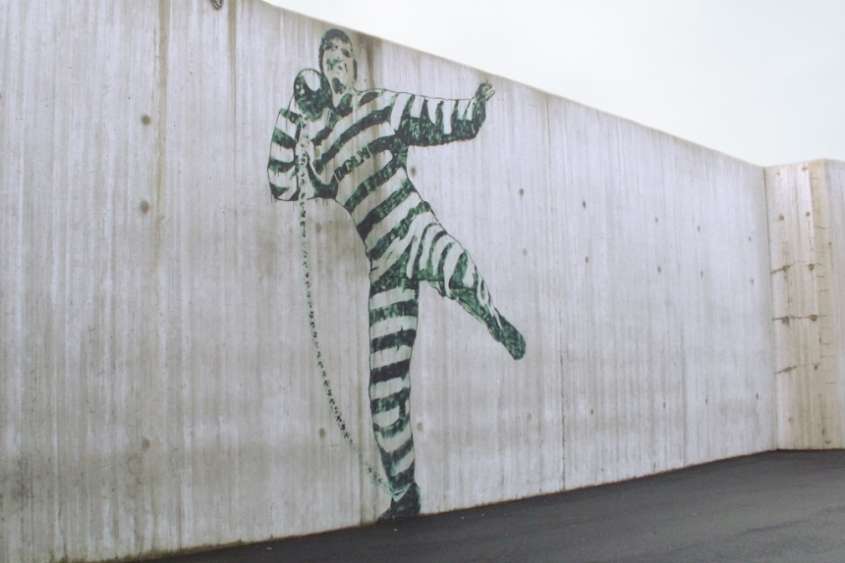
Halden, the Norwegian maximum security prison opened on 8 April 2010, has been labeled the “most humane prison in the world”. Someone even dubbed it “five-star prison”, a place where inmates would be welcomed with great hospitality, enjoying all the comforts, from TV to refrigerator. Located southeast of Oslo, Halden prison can hold just over 250 people. What distinguishes it is its design, especially that of the interiors, designed to ensure that the whole prison resembles the outside world as closely as possible. The windows do not have the usual bars: each offers a relaxing view of the Norwegian natural landscape. Michael Madsen, the architect behind the ambitious project, has reversed the trend, transforming the classic concept of a punitive prison into a space aimed at faster re-integration. Some of the most dangerous Norwegian criminals are held in Halden prison, including Andres Breivik, the author of the attacks that shook the country last July 2011.
The Salk Institute
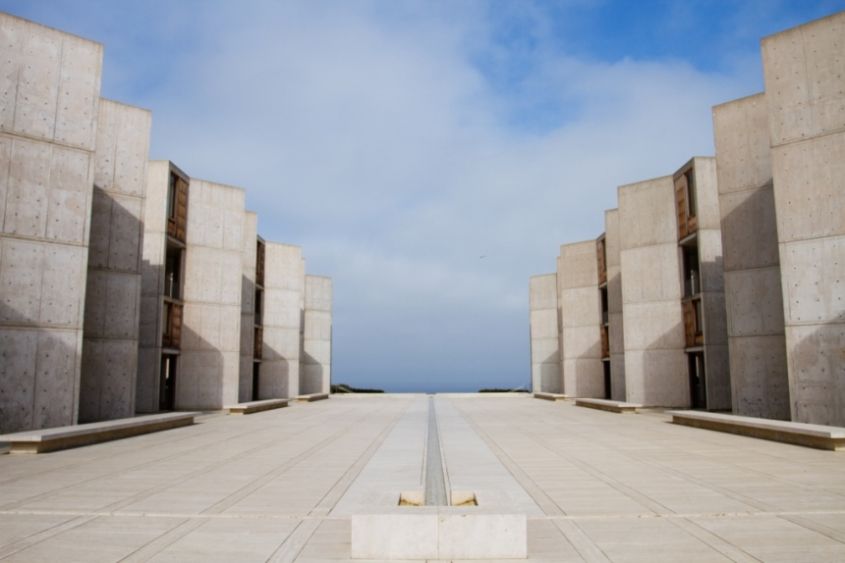
Designed by Louis Kahn, il Salk Institute for Biological Studies, in La Jolla, California, is considered one of the great masterpieces of modern architecture. Designed between 1959 and 1965, this construction represented a great challenge for its author. Commissioned to the designer directly by the famous virologist Jonas Salk, this building was conceived as a house-monastery, where scientists could work in harmony with nature. The institute has a very particular shape, characterized by a series of impressive angles. The central void is very particular, a real square in travertine, which opens towards the sky. However, the authorship of this open-air space does not belong to Kahn, who initially designed a garden, but to his friend and Mexican teacher Luis Barragán, who in a two-way dialogue declared: “I would absolutely not put trees or even a lawn to fill this space. It must be a stone square, not a garden. If you make a square out of this, you will get a facade, a facade that looks towards the sky. ”
The Oslo Opera House
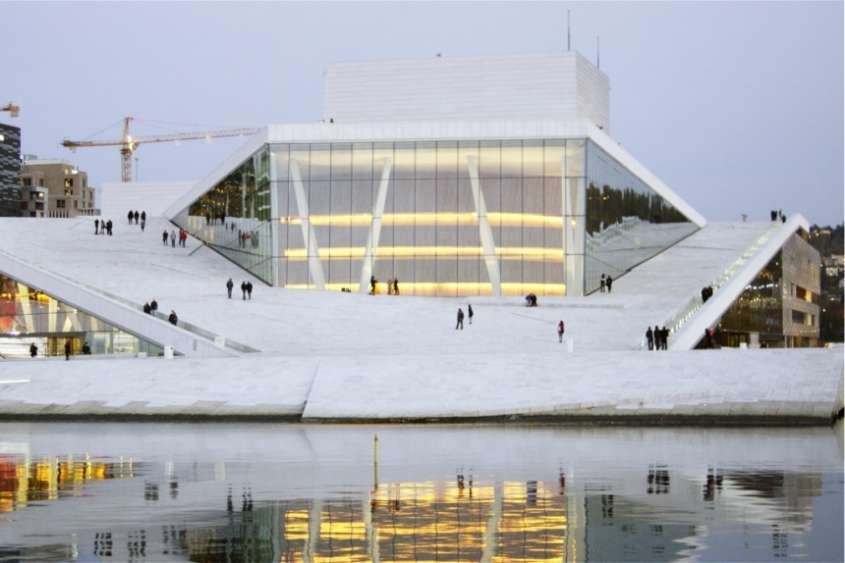
Designed in 2000 by the Snøhetta studio but completed only in 2008, theOpera House of Oslo is an artistic masterpiece of glass and marble. It boasts a huge white pitched roof, which rises directly from the Oslofjord, and has a large coverage of solar panels, capable of supplying energy to a large part of the country. The Guardian, in 2008, immediately after the inauguration of this wonderful building, designed to house the Norwegian opera and ballet, wrote: “The Oslo opera is a declaration of beauty and power, where music and song shine, a construction that heralds Norway’s entry into culture. “
The Center Pompidou
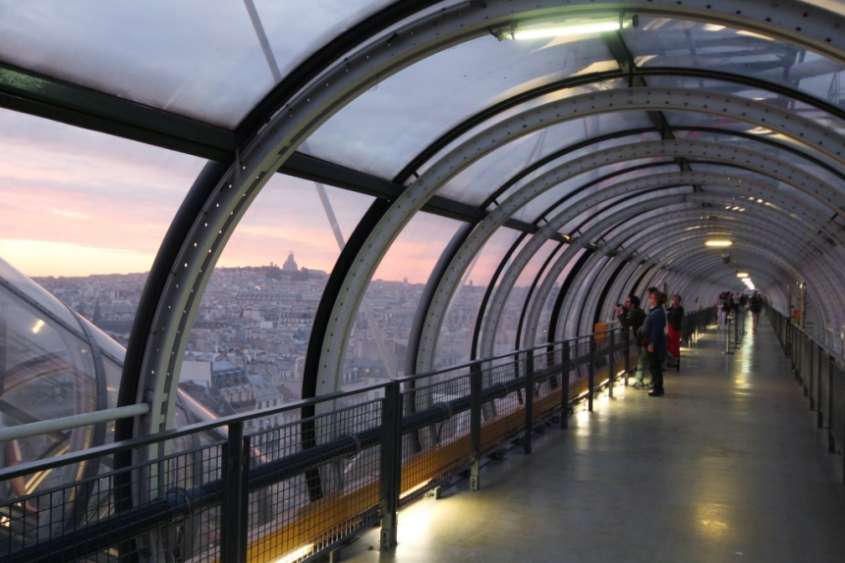
Richard Rogers and Renzo Piano they designed the famous in 1977 Center Pompidou, a fascinating postmodern work with a steel structure with strong and brilliant colors and glass walls. The shape is that of a large, very large parallelepiped, a place capable of hosting many people, curious and not. Inside it houses an architecture collection and a design collection, an industrial creation center, a library and a video library and also Ircam, the center dedicated to music and research in the acoustic field. The building was wanted by Georges Pompidou, elected president of the French Republic in 1969, who said he wished that “Paris had a cultural center as the United States has already tried to propose with a hitherto discontinuous success, which is a museum and a center of creation, where the visual arts accompany music, cinema, books, audio-visual research and so on. ” Each year, the Center Pompidou hosts numerous exhibitions and artistic events.

